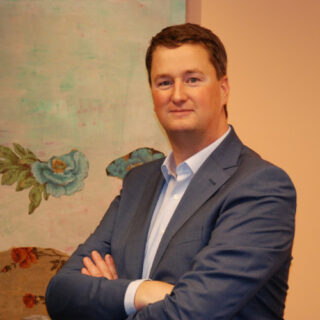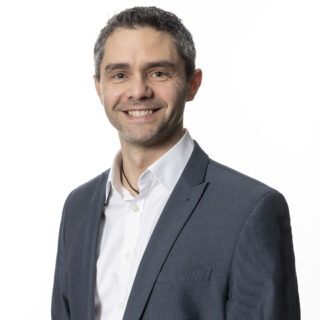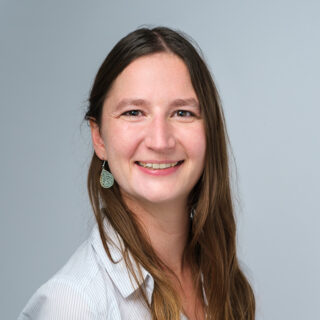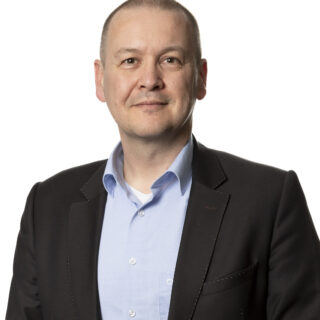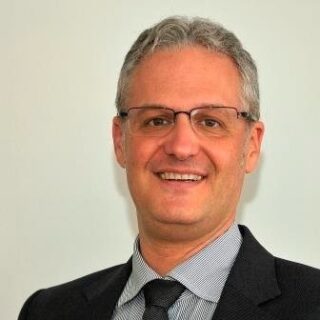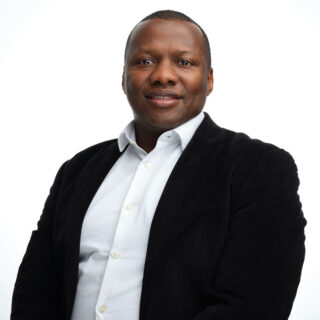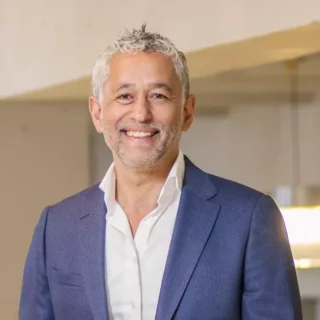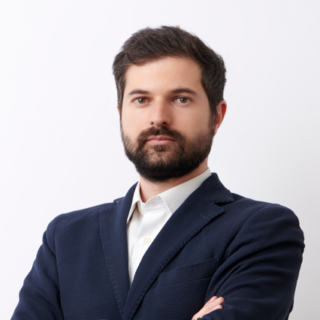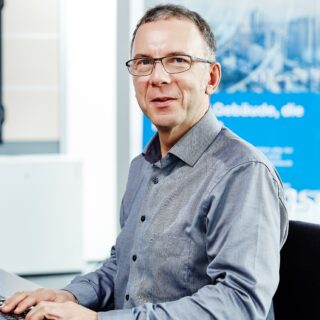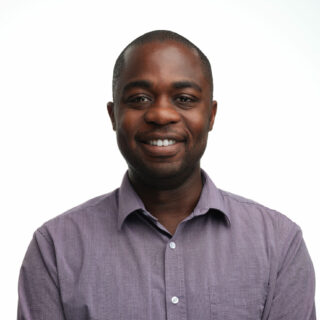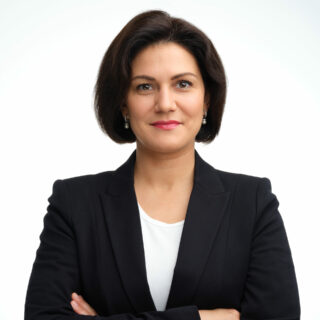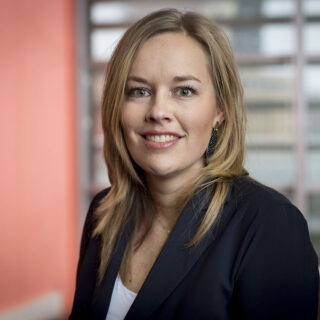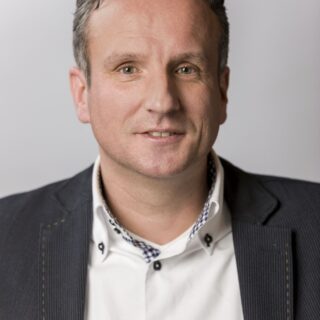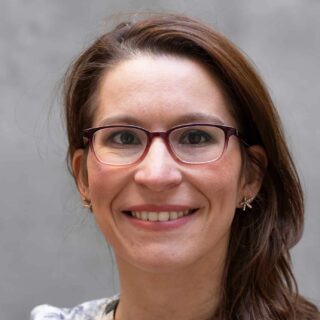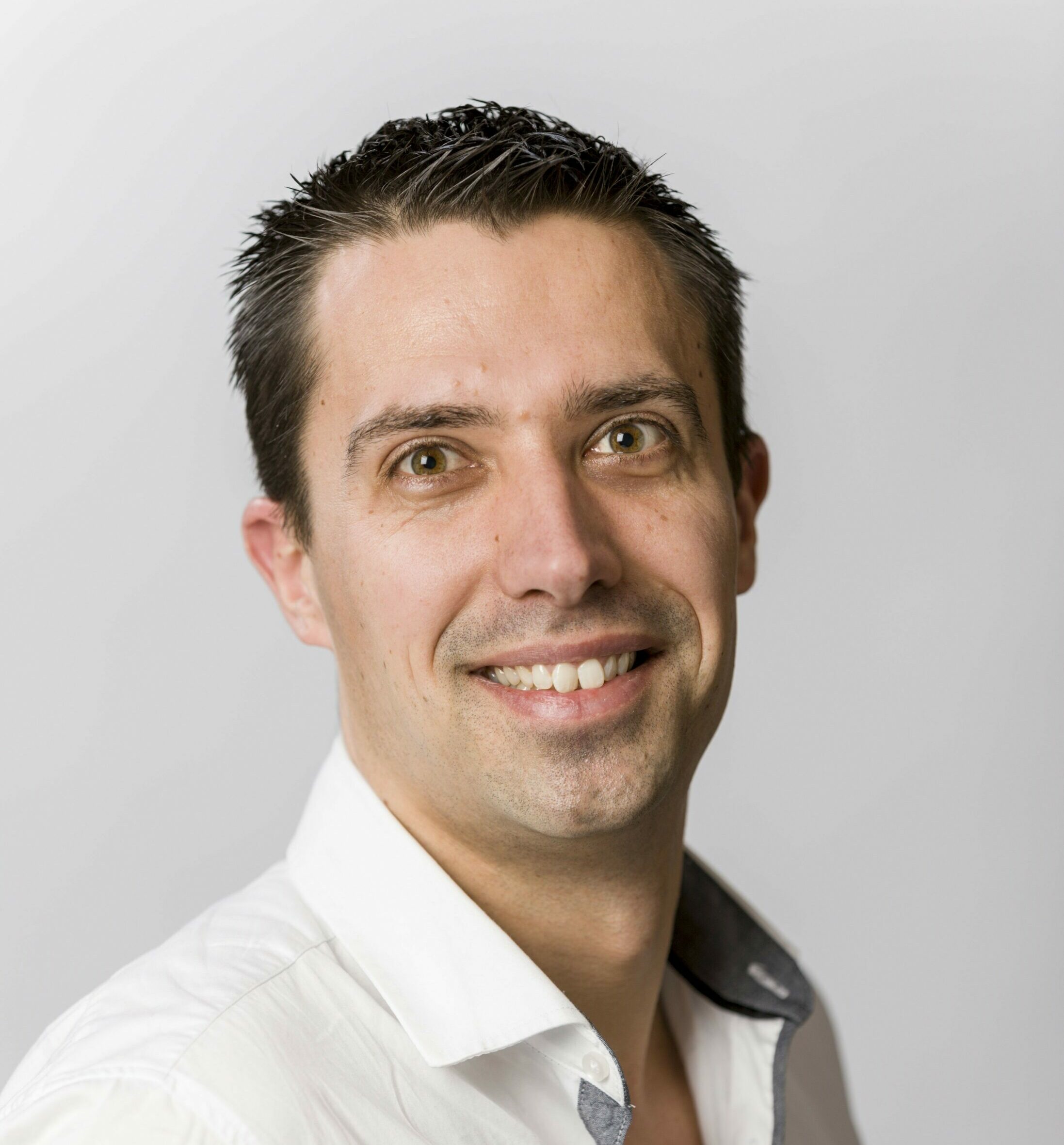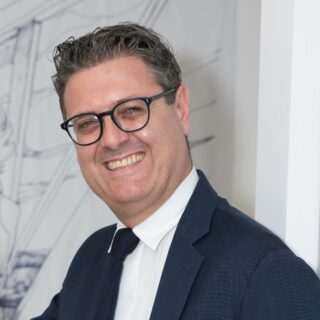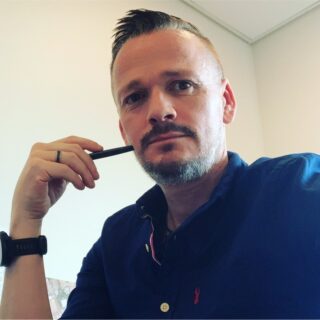
As Airports grow more complex, Systems Engineering offers a structured way to define needs, align teams and guide building services toward smarter outcomes.
In an age where Airports are expected to be smarter, more connected and more adaptable than ever, the complexity behind the systems that make them work is skyrocketing. That complexity requires something more than good intentions and detailed drawings – it requires careful planning and clarity.
For building services, systems engineering is rapidly becoming the key to unlocking better outcomes. Done well, it aligns stakeholders, reduces costly changes during execution and leads to more reliable, integrated building systems.
At Deerns, we have seen both the successes and the challenges – and we know that it’s not only how systems engineering is applied. It’s also about when it’s applied.
Why Systems Engineering Matters
Systems Engineering is an interdisciplinary approach used to design, integrate and manage complex systems across their full life cycle. It is about defining what is needed from the start, verifying that those needs are being met at each design phase, and managing trade-offs and decisions with transparency.
In installation focused projects, systems engineering is still a relatively new approach – but it has three clear benefits:
- fewer redesigns
- better coordination
- lower construction risk.
The process prompts early clarity by asking upfront what is needed, why, and how success will be measured. This clarity requires time, planning and buy-in. But the payoff is significant: smoother execution, more efficient tendering and ultimately, airports that work as intended from day one.
Where Systems Come Together
Building services are where all the theoretical and digital work becomes real. They include installations such as cabling, HVAC, interfaces, power supply and networks. These systems do not just need to function individually – they need to function together.
Systems engineering creates a structured process that links stakeholder needs to technical specifications and implementation steps. It does this by:
- Identifying stakeholders and capturing their diverse, often conflicting needs.
- Translating those needs into a structured Programme of Requirements (PoR).
- Iterating and refining the PoR alongside the emerging design.
- Ensuring every requirement is verified and validated.
" A well-managed PoR becomes the project's backbone. It is not just a checklist – it's a dynamic record of what the project must deliver and why.
Despite its promise, systems engineering often falters when it is rushed or applied without consistency. One of the most common missteps is starting too late. By the time stakeholders are interviewed after design work has begun, requirements often clash with established concepts, leading to costly rework or compromises. Another pitfall is treating the PoR as a binding contract rather than a flexible guide. When the PoR becomes too rigid, it stifles iteration and shuts down the opportunity for better solutions to emerge.
Here’s where Deerns Adds Value
At Deerns, we advocate for realistic expectations and upfront planning so our technical expertise can go where it is needed most.
Here are our five key contributions to the process:
- Early involvement: We help shape the PoR while it’s still forming, ensuring that it reflects realistic needs, not just generic templates.
- Contextual judgement: We do not just read the requirements – we question their purpose and anticipate their impact.
- Cross disciplinary thinking: We look at entire systems, not just isolated disciplines. This helps to prevent clashes before they appear on site.
- Constructive feedback loops: We share what is working, what is not and how the process can evolve. Clients trust us to be honest and pragmatic.
In our experience, well-structured systems engineering driven projects have these factors in common:
- Stakeholders are identified and consulted before conceptual design begins.
- The PoR is treated as a dynamic tool, not a locked contract.
- Requirements are prioritised, categorised and scheduled based on project phases.
- Consultants are given time to review, interpret and engage with the PoR.
- All decisions, especially deviations, are documented and traceable.
We have also found that systems engineering is a learning process. Every project refines the approach, helps teams ask better questions earlier, and strengthens the feedback loops that make future projects more successful.
As integrating complex building services becomes more central to how modern airports function, the case for good systems engineering grows stronger. If we want smarter airports, we need smarter processes. At Deerns, that is exactly what we are engineering.
